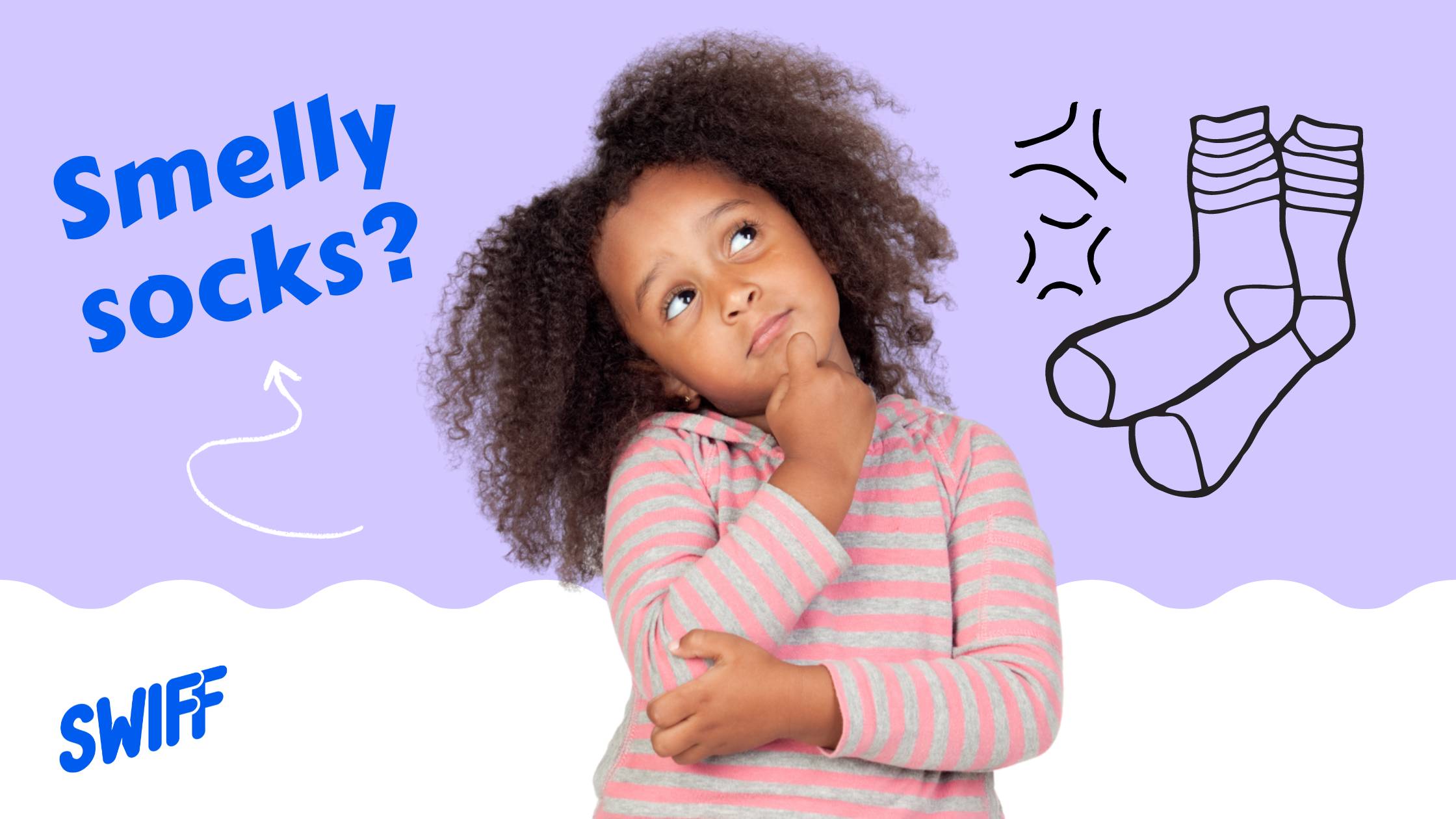
We've all experienced it - that distinct, unpleasant smell emanating from our socks after a long day. But have you ever wondered why socks stink? The answer lies in the fascinating world of bacteria and the complex relationship between them and our sweat. Understanding the science behind bacteria feasting our sweat and stinking up our clothes can help us explore effective options for eliminating sock stink and address the unique challenges posed by washing bacteria out of synthetic fiber.
1. The Root of the Problem: Bacterial Digesting Sweat
The primary culprit behind sock stink is bacteria. When we wear socks, our feet produce sweat, which acts as a nutrient-rich breeding ground for bacteria. These microscopic organisms thrive in warm, moist environments and feed on the components of sweat, like proteins and fatty acids. As bacteria consume these substances, they break them down, releasing volatile organic compounds that are noxious and create the characteristic foul odor we associate with foot odor.
2. Fighting Odor at Its Source: Neutralizing Bacteria
To tackle the problem of sock stink, we must target the bacteria responsible for producing the unpleasant smell. One approach is to use antimicrobial treatments that inhibit bacterial growth. Certain materials, like bamboo or merino wool, possess natural antimicrobial properties, reducing bacterial populations and thus minimizing odor. Additionally, silver-based products have gained popularity due to silver's antibacterial qualities, which can help curb the growth of odor-causing microbes.
3. Battling Bacteria in the Wash: Challenges of Synthetic Fiber
While cotton socks tend to absorb moisture, making it easier to wash away bacteria during laundry, synthetic fibers like polyester and nylon pose unique challenges. These materials repel water, providing a haven for bacteria to flourish even after washing. As a result, conventional washing machines may struggle to fully eradicate bacteria and the associated odor from synthetic socks. Certain laundry detergent brands have even started launching bacteria-killing formulations, an admission that their current products just don't cut it for keeping us clean. To address this, consider using a more extended wash cycle or higher water temperatures to help eliminate bacteria effectively. Or buy a specific antimicrobial detergent or treatment.
4. Odor-Zapping Strategies: Removing Smells from Socks
Several methods can help banish sock stink effectively. Pre-soaking socks in a mixture of vinegar and water can help break down bacteria and neutralize odors before washing. Alternatively, treating socks with odor-protection products like SWIFF spray, that neutralize the cause of odors and protect against future odors for multiple washes. Employing odor-neutralizing laundry detergents and avoiding fabric softeners can also contribute to better odor control.
The science of sock stink is intricately tied to the bacteria feasting our sweat, giving rise to those unpleasant odors we encounter daily. Understanding the biological processes at play allows us to tackle the issue head-on, exploring various options to neutralize bacteria and combat odor effectively. When dealing with synthetic socks, it's essential to be mindful of the unique challenges they pose during washing. By implementing scientifically informed strategies, we can say goodbye to sock stink and embrace fresh-smelling feet with confidence.




